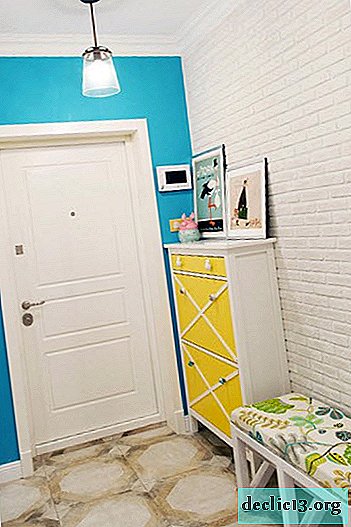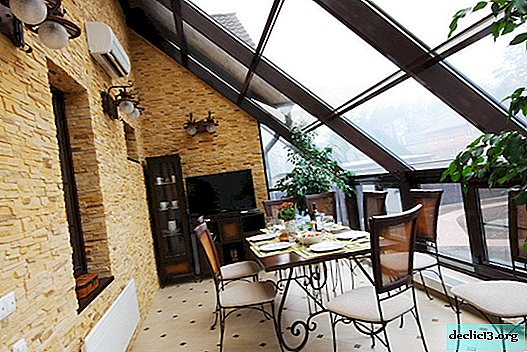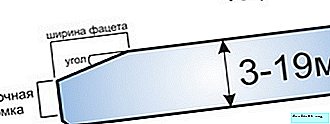Decorating the apartment with decorative stone
The use of stone in interior design has long been no wonder. Most of the designers who appreciated the advantages of natural material liked this finish. Let's see how to fit the decoration of decorative stone into the interior, in what styles it will look the most harmonious, for what its designers and not only love it.









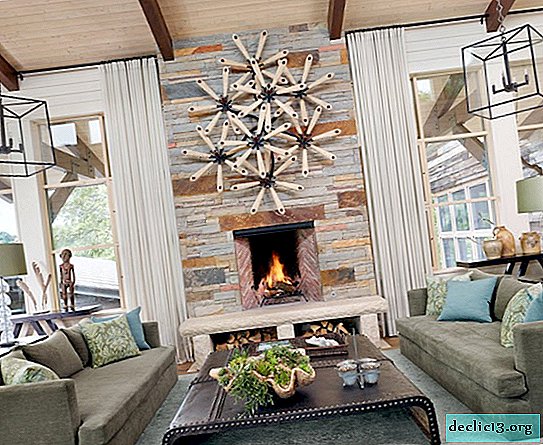



The advantages of decorative stone
As an interior decoration, this material is one of the most practical, due to its properties:
- hygiene and environmental friendliness - eliminates the possibility of mold and any fungus, so decorative stone trim is perfect for the bathroom and kitchen;
- strength and durability;


- unpretentiousness in cleaning - it is enough to periodically wipe a decorative stone with a soft brush or a rag, it is better to avoid a rigid metal mesh and active abrasive products;
- decorative stone - non-combustible material, therefore fire resistant. And this is a key point regarding his choice for facing fireplaces;


- goes well with many materials - from parquet and wood to glass and metallic gloss;
- variety of assortment - there are both glossy and matte stone surfaces, and in texture - smooth or rough;
- the richness of patterns and shades allows you to design the interior so that it is original and absolutely unique;


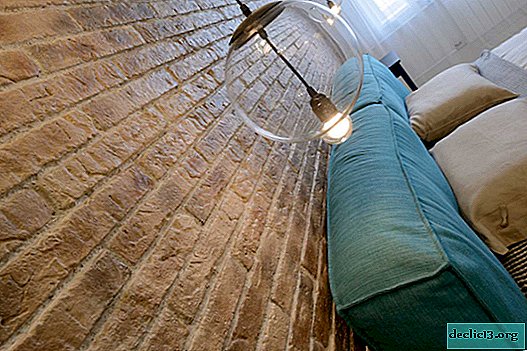

- Modern decorative stone is a completely light material that can destroy or deform walls.
Obviously, the use of decorative stone in interior decoration has undeniable advantages, thanks to which this natural material is a welcome guest in almost any room.


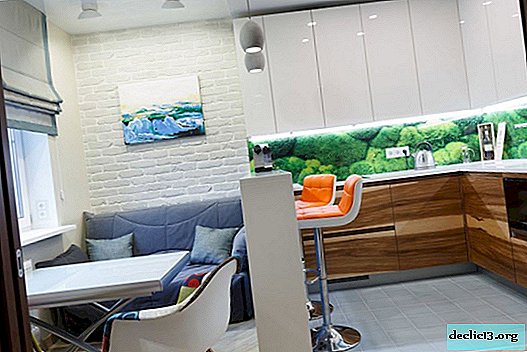



Basic principles of interior decoration with decorative stone
The main principle of decorating the apartment with stone is a sense of proportion. If you “walk around” and decorate all the walls from floor to ceiling with a stone, the effect will be completely opposite to what you want: instead of warmth and a cozy home environment, you will get a crypt or cave, a stay in which will inspire gloom and cold. Therefore, using decorative stone in the design of rooms, you need to correctly evaluate the height of the ceilings, the area of the room, its stylistic direction, the level of natural lighting, which side the windows face and whether they are present at all.







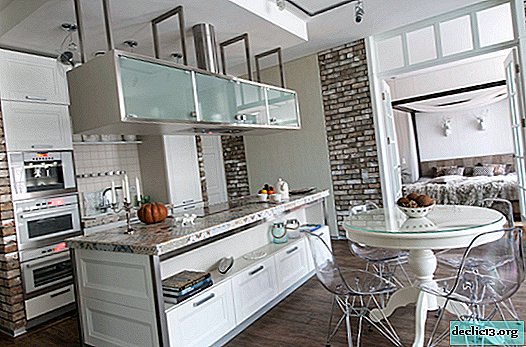
Most city apartments do not have high ceilings and spacious large rooms, so most often decorative stone is found in the decoration of private houses and country cottages. If you still really want to bring an accent of monumentality to the design of the apartment and at the same time more comfort, with the right approach, the stone can be used here. Consider some examples of its use in a standard city apartment:
- part of the stone wall is a great way to zone the room. Especially if the layout of the apartment is made in the form of a studio, so you can visually separate the kitchen space and the living room, as well as the bedroom and the study;


- in a two-level apartment it will be good to use stone masonry near the stairs;
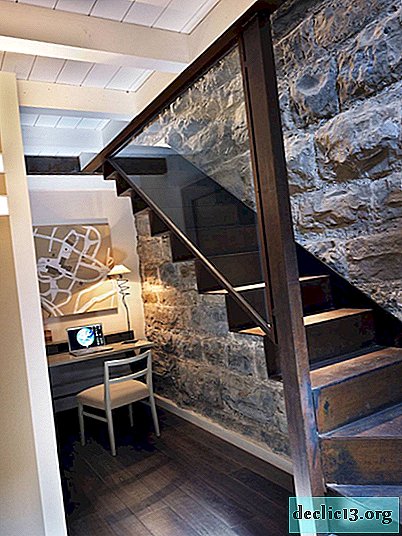
- an interesting idea is to decorate one of the walls of the hall or hallway with natural material or lay out interior arches with decorative stone;
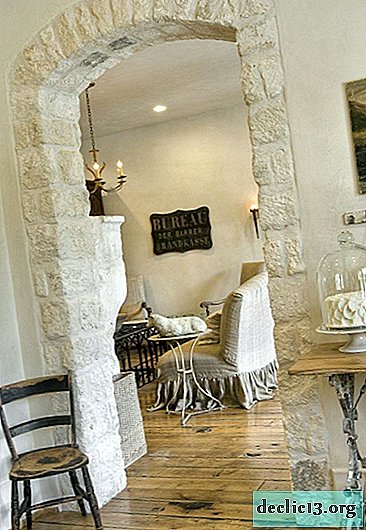


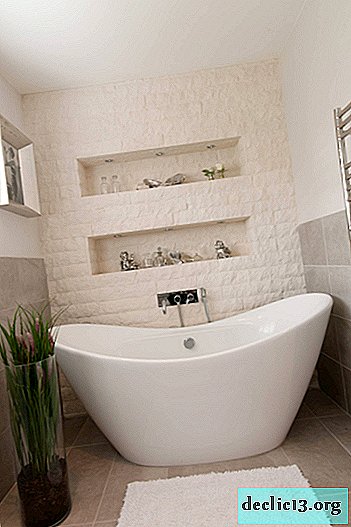


- stone and all natural materials look very organic in places where the equipment is located. And in order to reduce stress on the eyes and ears, it is better to choose exactly those areas where the computer or TV is working for stone cladding;



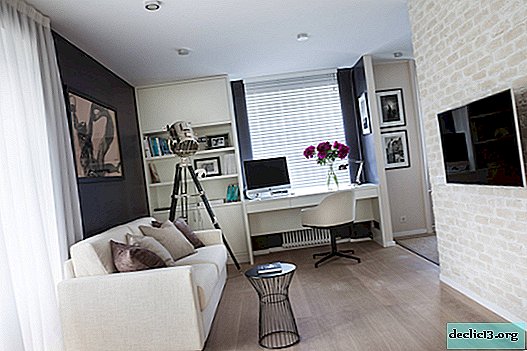


- decorative stone looks great in the kitchen, replacing a traditional tiled apron.



One can talk endlessly about such examples of using this luxurious natural material. But first of all, it is important to understand that in a small apartment with insufficient amount of natural light, you need to limit the use of decorative stone. In this case, it is better to choose a light type with a porous structure.


Decorative stone and interior style
Few materials blend so harmoniously into the interior as a decorative stone. He will be a welcome guest even in the most austere, laconic styles like techno or hi-tech.




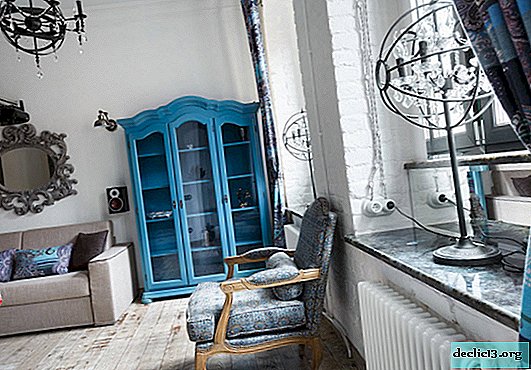

Minimalism
This style of interior design is completely devoid of details and decor, so the stone accent here will become a kind of highlight that attracts attention. In minimalism, walls completely covered with stone are extremely rare, but its use as a zoning of a room is very welcome. Perhaps, the deliberate texture of the masonry will contradict the atmosphere of minimalism, but the monophonic semi-gloss smooth plates will ideally complement the laconic interior. It can be dark gray shungite, beige sandstone, pink with a gray shade of slate.
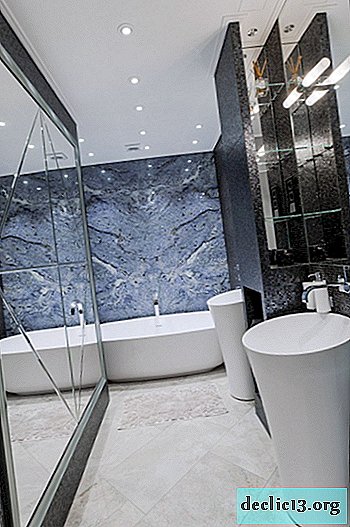
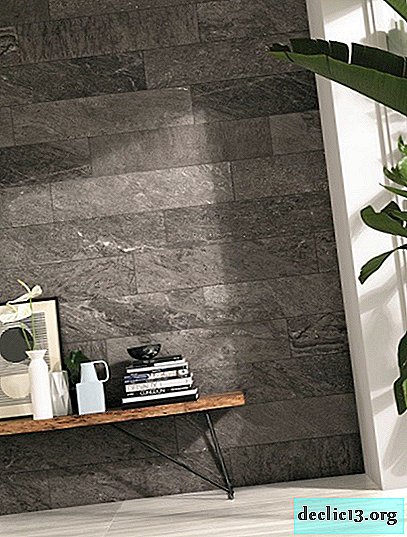
Loft
One of those styles in which, without a doubt, decorative stone fully manifests itself in all its glory. And although initially loft rooms provide for traditional brickwork, you can safely use stone trim from brown flagstone or gray breccia instead.



Classic and neoclassical
In these directions, stone is found in all its diversity - from uneven and textured marble to its perfectly smooth counterparts.


Castle style
Looks great in the interior of large country houses and cottages, but certainly not in urban apartments. In combination with metal forged elements (candelabra, stairs, fireplace grates), an abundance of wood (ceiling beams, furniture, floors), the stone finish looks very noble. It should consist of pebbles of different sizes, between which grout stands out. Light dolomite and warm sandstone will look cozy and organic.


High tech
Despite its urbanism, hi-tech welcomes the wall cladding with decorative stone, because it is he who is able to emphasize the spectacular proximity of glass and metal.



Decorative stone is a natural material that opens up unlimited possibilities for creative imagination. Aesthetic appearance, reliability and practicality, hygiene and environmental friendliness - all this allows the use of stone cladding in its entirety.

